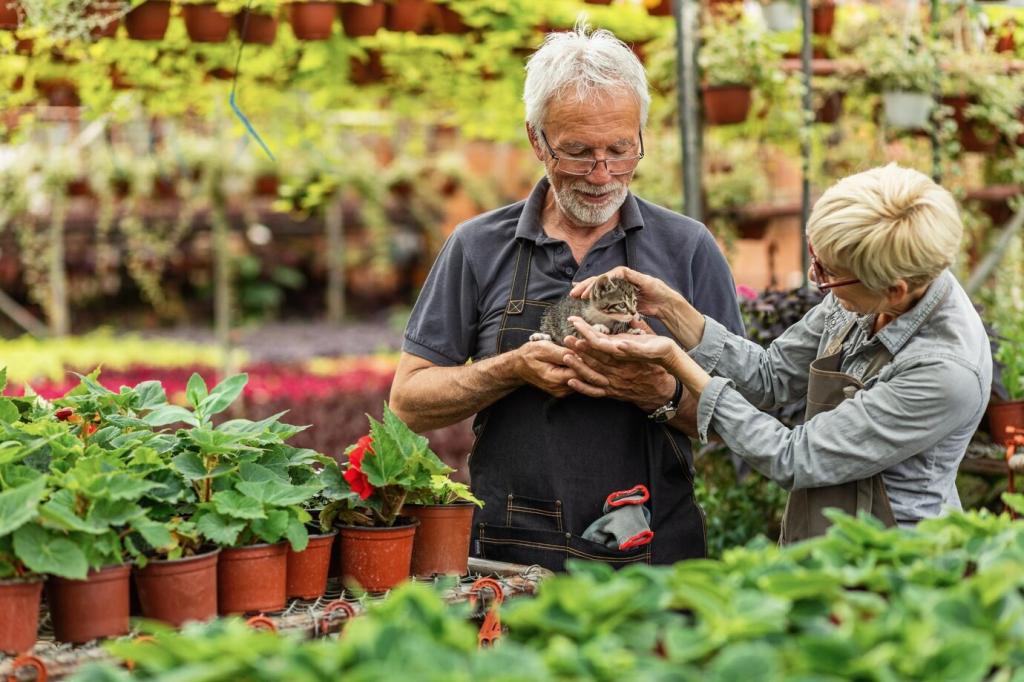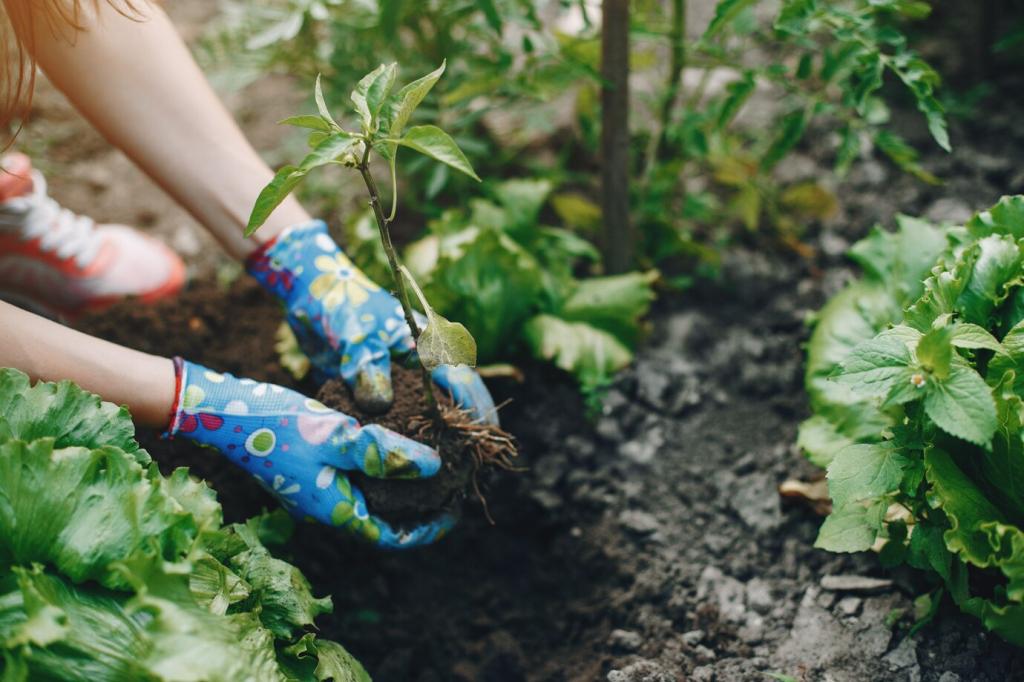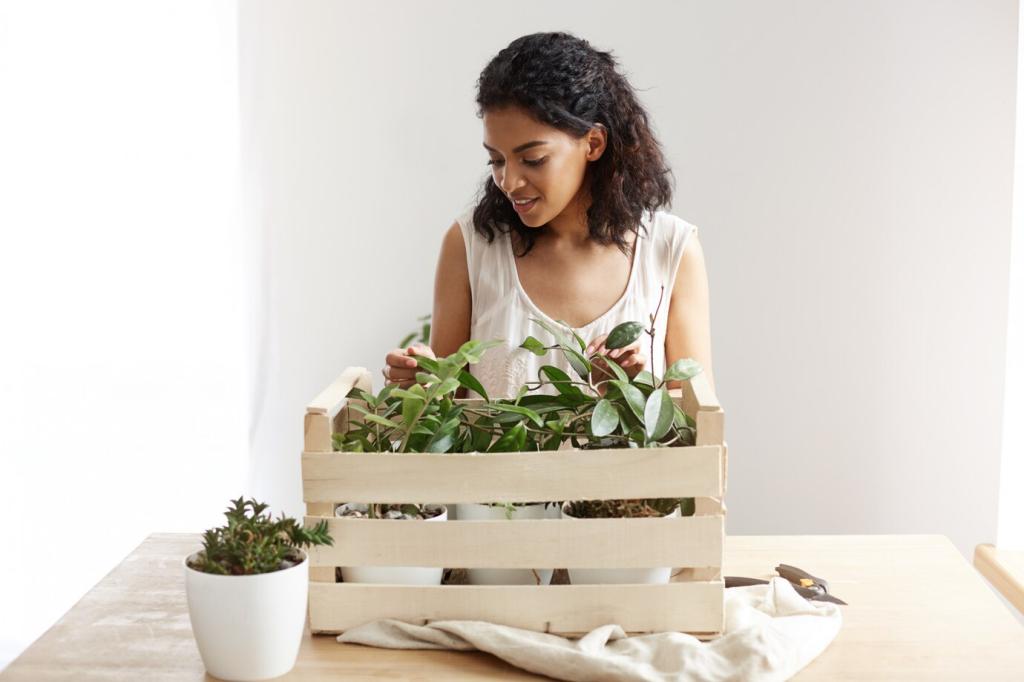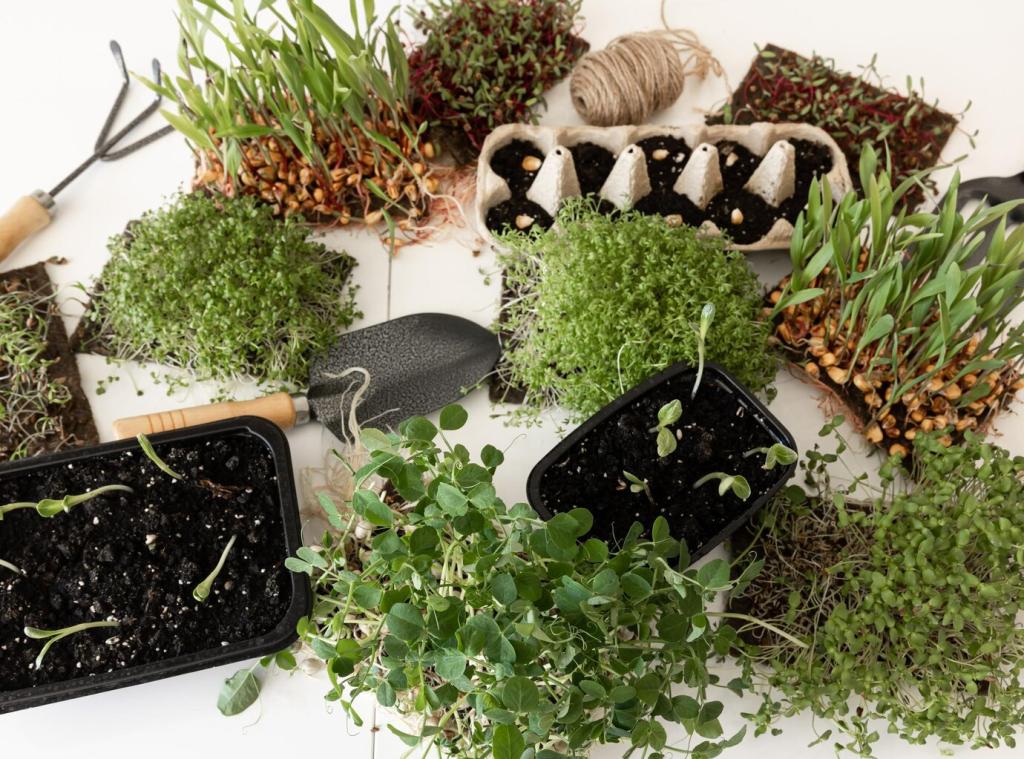Building Natural Habitats for Garden Wildlife
Chosen theme: Building Natural Habitats for Garden Wildlife. Welcome to a friendly, practical space where we turn backyards into living refuges. Together we’ll plant, pile, and pond with purpose—then celebrate each bird call, moth flutter, and hedgehog rustle. Subscribe and share your sightings!

Start With a Wildlife Habitat Plan
Trace the sun across your beds, feel wind corridors, note soggy patches after rain, and sift a handful of soil to learn its texture. Watch where birds feed and bees linger. Post your observations, and we’ll help translate them into habitat decisions.
Start With a Wildlife Habitat Plan
Choose three focus groups—perhaps pollinators, songbirds, and amphibians—and design for their exact needs. Clear goals guide plant choices, water depth, and shelter features. Comment with your top three, and we’ll suggest tailored steps to build natural habitats that truly serve them.

Build a framework with locally native trees and shrubs. Oaks and willows often host hundreds of caterpillar species, feeding nestlings when they need protein most. Mix evergreen structure with berry producers for winter. Tell us your region, and we’ll suggest a resilient backbone.

Add Water That Wildlife Can Safely Use

Build a Small, Lined Wildlife Pond
Keep it fish-free to protect larvae and newts. Create shelves at different depths, include a shallow beach for safe exits, and plant native marginals. Even a tub pond can work. Post your dimensions, and we’ll help tune depth, shade, and planting.

Create Shallow Pebble Beaches
Bees, butterflies, and birds need shallow, grippy edges to drink and escape safely. Slope pebbles into the water and add flat stones as sunning spots for dragonflies. We love seeing creative pebble patterns—share yours, and tell us which visitors arrived first.

Maintain Clarity Without Chemicals
Use shade from plants, barley straw packs, and oxygenators rather than algaecides. Skim leaves regularly, top up with rainwater, and agitate surfaces to deter mosquitoes. Where permitted, use Bti dunks sparingly. Drop your maintenance routine in the comments to help fellow pond starters.



Homes for Nesting and Overwintering
Bird Boxes with the Right Specs
Match entrance diameters and box volumes to target species, face entrances east or northeast, and mount securely with predator guards. Clean in autumn, not spring. Last year a reader fledged blue tits after adjusting height by one meter—share your first fledging date too.
Bee and Insect Nesting Done Right
Choose deep, smooth tubes in varied diameters and protect them from rain. Replace used liners annually to prevent parasites. Leave hollow stems standing and bare soil patches for ground nesters. Subscribe for our step-by-step native bee habitat template and seasonal maintenance reminders.
Bat Roosts and Small Mammal Shelters
Install bat boxes high with good sun exposure and rough interior surfaces for grip. Site hedgehog houses in quiet corners with leaf bedding, and add escape ramps to ponds. If you host nighttime visitors, tell us what changed after you dimmed outdoor lights.

Gentle Care: Fewer Chemicals, Less Noise, More Night
Hand-pick pests, encourage predators, and diversify plantings to reduce outbreaks. Use peat-free composts to protect irreplaceable bogs. Healthy soil life forms the base of your food web. Try one chemical-free swap this month and report back on what you noticed first.

